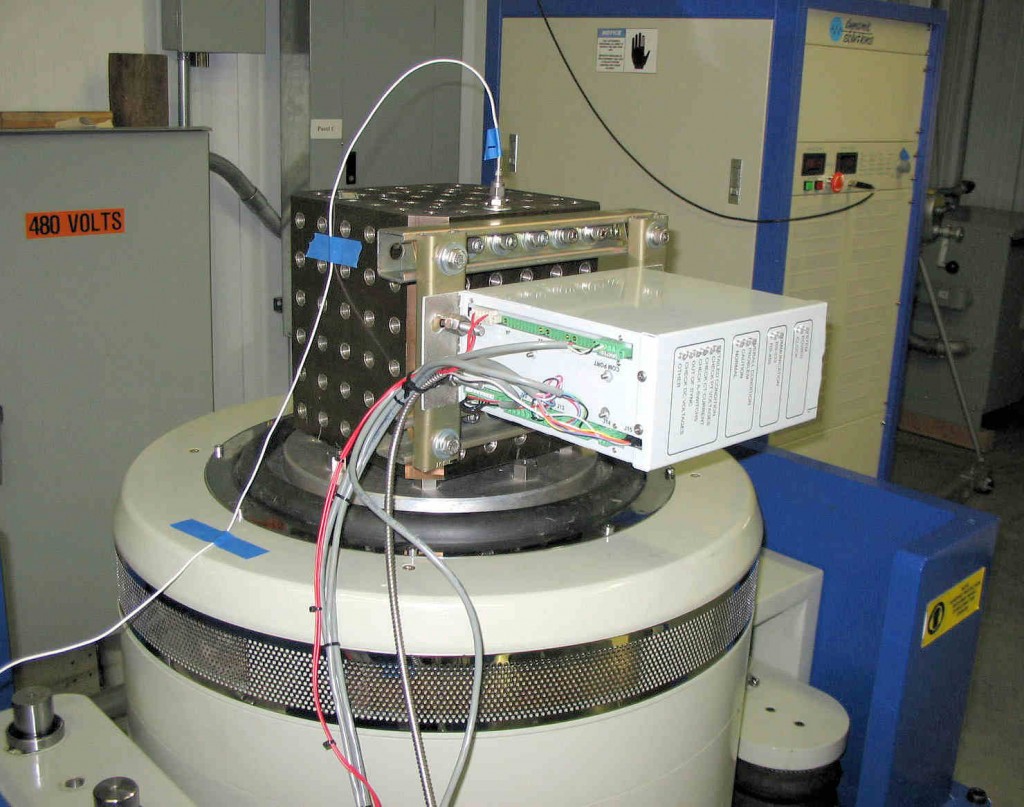Vibration testing can be a complicated process. We have created this questionnaire to help make communication between the vibration test lab and customer more efficient. The questionnaire allows us to capture all the pertinent facts about your test requirements. Providing the information below will help us provide an accurate quotation and to perform a successful vibration test. We can help you with answering the questions if needed. Many engineers, not familiar with vibration and shock testing, a subject not taught by universities, may wish to further their education. May we respectfully suggest that you visit http://equipment-reliability.com/training-calendar/vibration-and-shock-testing/ for vibration and shock training courses.
Continue reading Vibration Testing: A Questionnaire for Clients →
